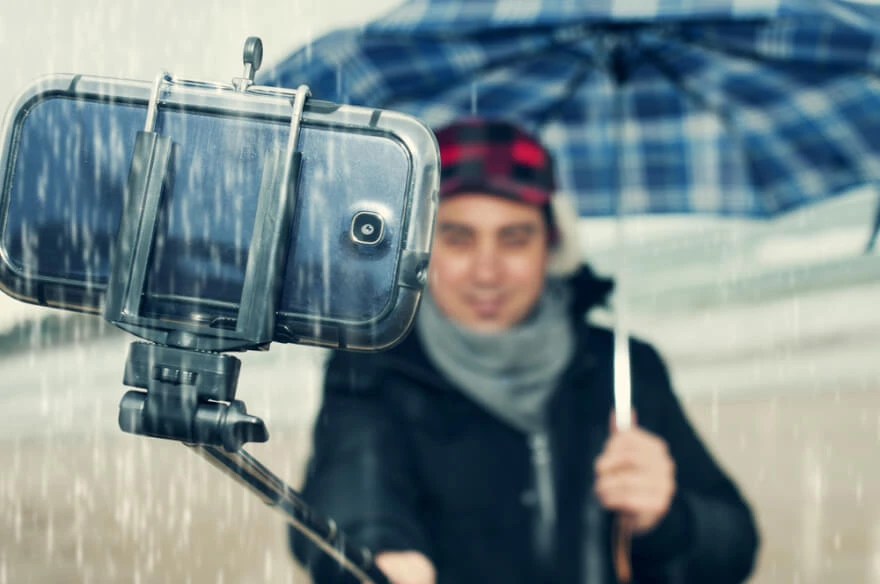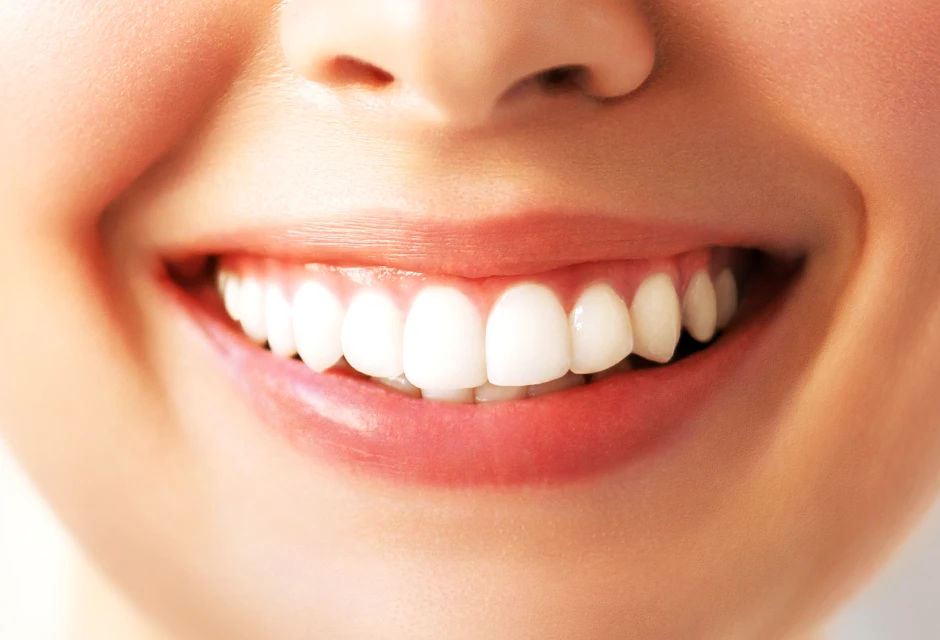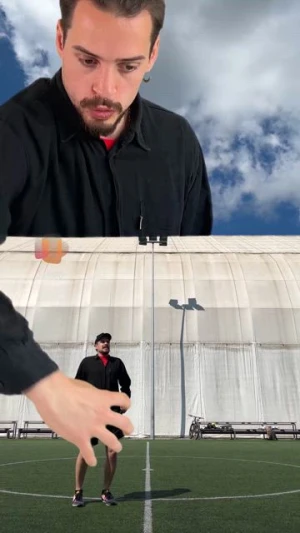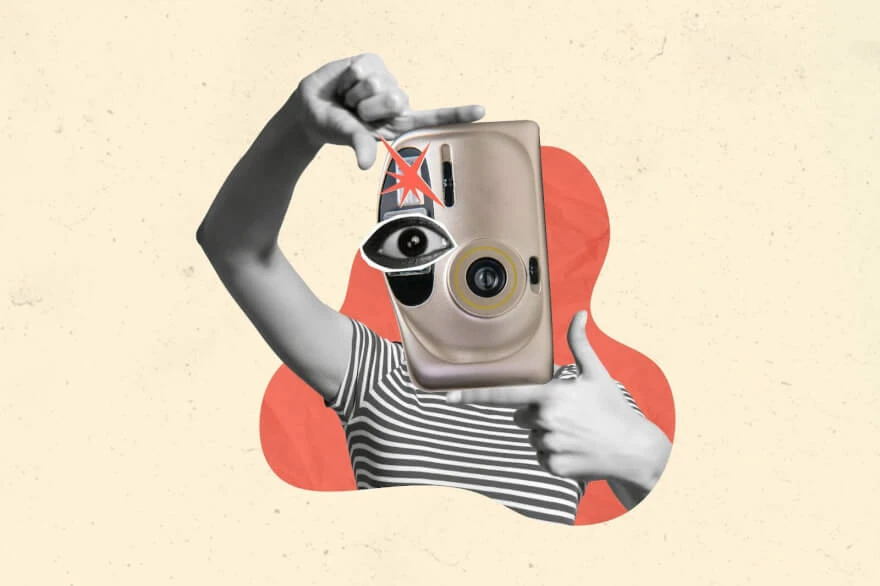A Guide to Rain Photography

- Ways to protect your camera from raindrops
- How to shoot rain photography: tips for photographers
- Useful rain photography ideas
- Capture rain portrait photography of animals
- Use the backlight
- Learn settings for a flash photography rain technique
- Watch the moment of lightning
- Practice with black and white photography in rain
- Overlay bright objects against the backdrop of the weather
- Hunt for the perfect moment
- Get umbrella to use for all photography types
- Shoot raindrops as a timeless classic
- Control ISO rain photography settings
- Decide on artistic component
- Get the best backdrop, created by nature
- Photograph all reflections you find on your way
- Enjoy light rain
- Capture drops in macro mode
- Catch flying drops
- Prepare for wedding photography in advance
- Form a necessary wedding rain picture kit
- Protect equipment and yourself
- Pay attention to composition: it becomes more interesting under the rain
- See how everything has changed
Most photographers do not like rain photography. There are fears for the camera, and a good photograph in such conditions seems impossible: the sky is gray, water is around, etc. Meanwhile, with the right approach, photography in the rain can become a true decoration of photo collection. And if you look closely at the outside world in rainy weather, you can see a lot of interesting stories, and a variety of techniques, often unique. This article presents some tips that will surely help those who want to try their hand in this unusual genre.

Ways to protect your camera from raindrops.
The first thing you need to protect from drops is a lens or a filter. Be careful not to get wet, otherwise, the image quality may be affected.
Here are some simple ways to protect your camera from raindrops:
- Keep a camera under the jacket and take it out for a few seconds to take another shot. However, you can simply open the device and remove it from under your clothing or raincoat.
- Wrap a lens and after that look for stories. This will reliably protect the front lens from dropping water even in windy weather, and, consequently, from defects in the picture.
- A special waterproof cover will reliably hide your device from moisture. You can buy it in the photo store. However, there is a simpler option: place the camera in a plastic bag, making a hole for the lens in it.
- Use a tiny umbrella. Always carry it with you in case you want to capture something interesting in the rain.
If you still get drops on the camera, be sure to leave it to dry at room temperature as soon as you get home.

How to shoot rain photography: tips for photographers.
The technical side of the issue is more complicated. How to capture rain photography, what settings to use to accurately convey the mood and composition?
- Exposure is the photographer’s main ally in such weather conditions. A short one (500, 250 and less) will help you effectively remove bubbles, drops, circles on the water, but for shooting streams you will need a slow shutter speed (more than 1 second).Heavy rain at a long shutter speed can be captured very effectively: you get a variety of stripes from drops. But to fix the camera in a fixed position, you will need a tripod. To capture a flashing wet surface, experiment with aperture when shooting at slow shutter speeds.
- It often happens that the camera does not recognize raindrops and jets of water as objects of shooting, and focuses on other subjects. Pre-focusing will help you avoid such difficulties. Every modern camera even for beginners has such a function. Press the shutter button not fully and focus on any object that your camera “sees”. Then gently move the focus area to the desired location and press the button completely.In this case, exposure should not be fixed during the preliminary focusing, but at the moment of pressing the shutter button. The best option is to manually adjust the distance to the subject. Use manual focus.

Useful rain photography ideas.
These recommendations are very useful for those who want to learn how to shoot rain photography and demonstrate this natural phenomenon.
- Ordinary storm miracle.Take a closer look and you will see with your own eyes how rain changes the most familiar objects: a swing on the playground, familiar roofs, trees, asphalt. Small drops on glass and metal surfaces, wet foliage and flowers form a perfect texture for the photographer’s imagination. Try to find the novelty and element of a miracle in the most familiar landscape.
- Playing with a bright imagination.Rainy weather makes it possible for the unusual compositional design of the scene. A unique puddle of your photos can be a huge puddle colorful reflections of the background. An ordinary wet window creates a magic atmosphere for a romantic girl in love.Let the viewer ask: “What is this? The crown of the tree, people, cars?”
- Empty autumn streets.During a storm, streets quickly become empty. And so, you have a great opportunity to photograph interesting places and attractions, which are usually crowded by passers-by. However, even the most ordinary streets and avenues change when there are no people there. Catch this unusual sense of desolation in rain street photography.
- Photography rain tips from a shelter.How to photograph with comfort? Settle all the equipment in some kind of shelter. There you can safely experiment with composition, color, flash, light and wait for the right moment. If you have a porch, a gazebo, a canopy or even a car, take the opportunity to hide from cold drops with a camera. You can also use serial shooting, and after that choose the most successful frame.
- Colour reflection is the photographer’s best friend.Images with reflections always look interesting. Rainwater can become a magic mirror through which you show the world to your viewers. But there is no need to rush: if you choose the angle, the picture may not be as spectacular as we would like. So be patient and try a few options. In the end, you will surely find yourself.
- Use every possible idea to create own story.Rain in the city provides rich ground for playing with reflections. You can create vivid photos. Lights of lanterns shop windows and flickering signs, a stream of cars casts a multicolored glare on wet asphalt or water.On a gray autumn day, when it rains in the morning, you can take pictures in muted colors. The main thing is not to overdo it with pessimism in the frame. Therefore, it is better to take fragmentary shots or use a brighter crimson foreground to shade the gray background.

Capture rain portrait photography of animals.
During a rainstorm, you can find many interesting stories with the participation of pets. Make the heroes of your shots wet birds that warmed themselves on a branch. Or capture a snail sitting on the end of the leaf. Take a picture of a cat who escapes from drops under the porch or in another shelter. There are a lot of interesting opportunities in this direction.

Use the backlight.
To lighten up the surface a little is important. It is worth photographing rain to make drops and streams more noticeable. Light is refracted many times in drops of rain moisture, so the picture becomes brighter and gets an extraordinary shine. A suitable source of illumination in the evening can be the signal lights of cars, lights in the windows of shops. In the afternoon, your main ally is natural sunlight.

Learn settings for a flash photography rain technique.
Another way to light rain is to use a flash. This is much more complicated because it’s easy to ruin the frame, and it takes a lot of experimentation to learn how to work with the flash in the rain. An alternative way to illuminate the rain is by using a flash. But it can be quite difficult to use it during bad weather. To master the flash professionally, you need to practice a lot. But when you finally succeed, photos of rain will become truly wonderful. Shapes of clouds will become visible even at night.

Watch the moment of lightning.
During a thunderstorm, you can take a series of great shots of lightning. This amazing natural phenomenon looks impressive in the photo. Just remember about safety: do not go out into the open when storms are starting, but captured from a reliable shelter.

Practice with black and white photography in rain.
The use of the black and white mode is most justified in the rain. Gray color still often dominates even with color compositions. So be sure to take a few monochrome shots: they look very harmonious. Add purple waterproof boots or dancing people and enjoy the artistic touch.

Overlay bright objects against the backdrop of the weather.
On cloudy and rainy days, light is usually dim. Therefore, it is possible to photograph a shower both in black and white and to beat a gloomy background with a bright subject in the foreground. Let it be a colorful umbrella, maple leaf, traffic light or something else. Any similar subject will stand out favorably.

Hunt for the perfect moment.
A little secret: just as night landscapes are not captured in the dead of night, it is better to shoot in the rain at the very beginning or just before the end, when the sky does not represent a solid gray canvas and there is an interesting light.
The most interesting thing is not the very storm, but transitional states. Amazing natural light and cloud patterns can be caught either at the very beginning of the rain or immediately after the last drops have stopped falling. It’s just like shooting at night: the best of all is photographing in the evening twilight or just before dawn.

Get umbrella to use for all photography types.
An ordinary umbrella will become your reliable ally during shooting. It is a great helper for a photographer! Even if only because it looks advantageous in the picture: for example, the edges of an umbrella when using a wide-angle lens or shooting from above and at an angle. It looks great as an attribute of a “rainy” photo. Capture people with umbrellas or hand this bright accessory to your model. This item can help you improve your photo exposure. Darken the sky to eliminate the difference in illumination, which is so noticeable during bad weather.

Shoot raindrops as a timeless classic.
Window glass in drops is worthy of photographer’s attention both in summer and in autumn. You can take a macro photograph or both drops on the glass and view from the window. To achieve this effect, shoot with a covered aperture. In any case, you will get a photo with a specific mood.

Control ISO rain photography settings.
It is quite rare that bright sunshine appears during rain. Therefore, do not forget to manually increase the ISO value or use the preset cloudy white balance. Try to shoot in creative modes to be able to adjust the camera for yourself. The main thing is to know the rules and take into account some of the nuances of shooting in wet and rainy weather.

Decide on artistic component.
For example, do you want raindrops to be visible or not? Even with a little rain, a photographer can make drops visible or shower will look like a blur, more like a translucent curtain covering the entire area of the picture. It is also necessary to open the diaphragm. Depth of field control is critical to the creative use of rain traces in photographs. Effective manipulation of shutter speed and aperture requires practice, practice, and practice!

Get the best backdrop, created by nature.
Note that most objects are wet after rain. Water falling into bends reflects light. This can be used in photography, because the light reflected from water, whether it is sun or city lights, gives the volume to every picture.

Photograph all reflections you find on your way.
Look for reflections; it looks good. Water is a great mirror! Let the rain turn everyday scenes into something interesting, magical, sparkling with fairytale touch. But take your time, because the quality here depends on the correct selection of a shooting angle. Experiment with city streets, which offer more opportunities in the rain. There is always something to reflect and capture. The lights reflected in water in the evening also look interesting.

Enjoy light rain.
It becomes much more noticeable if it is additionally highlighted. Light passing through raindrops is brighter than anything else around due to multiple refractions. Find the right light sources (street lights, the sun breaking through the clouds) and include them in your composition. However, it is important here not to overdo and not to light up the frame too much.

Landscapes with raindrops.
Windows covered with raindrops are beautiful! Proven by many professional photographers. Use an open aperture, and you will get pictures with a kind of double exposure: both drops and landscape outside the window will be visible. This will be especially effective if you are photographing interesting architecture or walking people (this is most relevant for filming due to large glass windows).

Capture drops in macro mode.
You can make photos of droplets of wonderful shape, you just use an open aperture. And the lights in the background (windows of houses, shop windows, passing cars) will add interesting colors to beautiful bokeh.

Catch flying drops.
Shoot flying drops of rain, because they are so beautiful! Set the shutter speed to about 1/1000 s. And if you want to convey the speed of dropping drops, then lengthen it somewhat, somewhere up to 1/125 s. Take an example from children. They enjoy the rain. Life is full of miracles, and they will be revealed to us if we want to see them.

Prepare for wedding photography in advance.
Initially, the plan to photograph in the rain may seem complicated. But with a little preparation, you can take pictures in a crazy storm. Even a wedding shoot. When planning for a wedding photoshoot, do not exclude the possibility that it may suddenly rain and spoil everyone’s mood, but also allow enjoying beautiful photographs of the festive event in the future.

Form a necessary wedding rain picture kit.
Umbrellas. Even six pieces won't be too many. Just distribute them correctly, as the wedding photographer’s backpack is packed well. The photographer must have an umbrella for himself and his assistant. Umbrella color selection remains free. Umbrellas of black color and any other will do for the photographer (after all, the photographer should not be visible in the pictures, even in reflection). If you are shooting a wedding couple, choose an umbrella in advance so that it matches the style of the bride’s dress.
White umbrellas will not conflict with other colors that are present at a wedding. A light that passes through the fabric of the white umbrella allows to get a better image, does not create any color spots and shades on faces.

Protect equipment and yourself.
Always have a dry and clean set of clothes. If you have to get wet in street photography, indoors or at a banquet, you should still look clean and tidy. Get enough plastic bags and towels. Many modern professional cameras are hermetic, but after shooting in the rain, do not forget to wipe all your equipment with a towel or dry soft cloth.

Pay attention to composition: it becomes more interesting under the rain.
Do not forget about composition, especially since the rain offers several unique compositional techniques at once, such as a window with trickles of water, reflections in puddles, etc.

See how everything has changed.
When it is raining, even the most ordinary and familiar things look unusual and sometimes magical. It would seem that it’s just water pouring from the sky, but it transforms everything around. And you just have to look around to see it.
Co-founder of RetouchMe. In addition to business, he is passionate about travel photography and videography. His photos can be viewed on Instagram (over 1 million followers), and his films can be found on his YouTube channel.
Moreover, his profile is featured on the most popular and authoritative resource in the film industry — IMDb. He has received 51 international awards and 18 nominations at film festivals worldwide.

with RetouchMe














